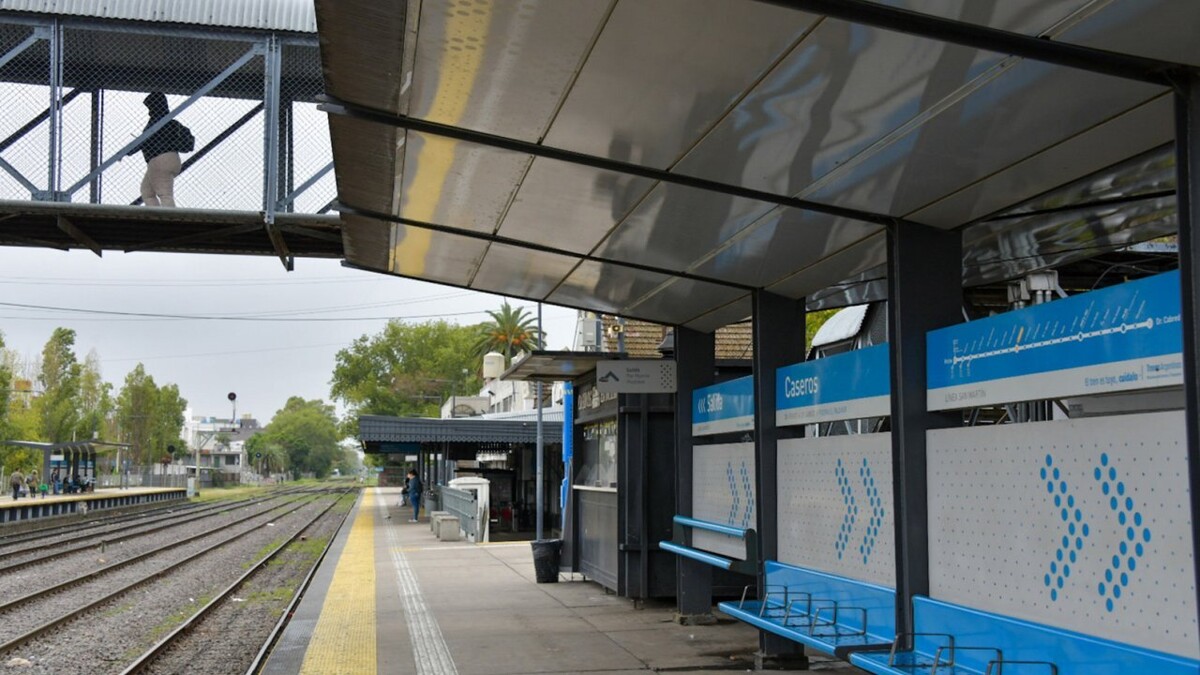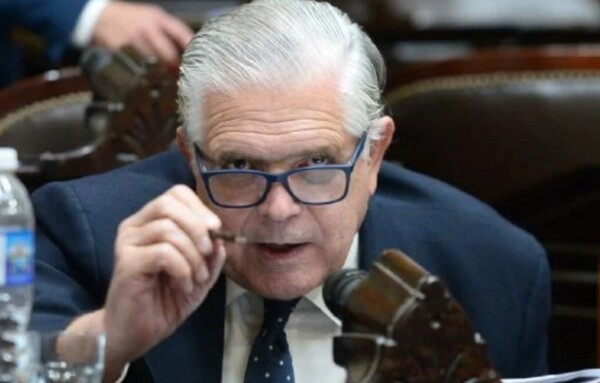
The Secretary of Transportation of the Nation, Franco Mogetta, reported that more than 20 billion pesos will be invested in the purchase of new materials and spare parts for the maintenance of the railway system. This investment includes supplies for engines, braking systems, materials for driving cabins and passenger cars, as well as equipment and tools for workshops.
Mogetta highlighted that an initial transfer of 2 million dollars was made to acquire 3 locomotives for the San Martín line, as well as an agreement for 130 million dollars with a railway spare parts company. The purchase of 150 passenger cars was also announced to strengthen railway services and the repair of 24 locomotives from the same line.
On the other hand, the arrival of eight crane bridges, three vertical lathes, and the acquisition of essential tools to expand tasks in the workshops is anticipated. This will result in a 15% increase in spare parts, ensuring the operability of 162 cars from the Sarmiento line, 132 from the Mitre line, and 224 from the Roca line.
Regarding the investment made during the year 2024, 6.5 billion pesos were allocated to national materials, 9 billion to imported spare parts and advances for locomotives, and more than 5 billion in external repairs. Work is being done on the acquisition of 150 passenger cars and the repair of 24 locomotives on the San Martín line.
Additionally, plans are underway for the modernization of workshops in Victoria and Tolosa, as well as initiatives to improve operational safety levels of the railway system. So far, more than 20 billion have been invested in new acquisitions and spare parts, aiming to update overdue maintenance plans and strengthen the existing fleet.














